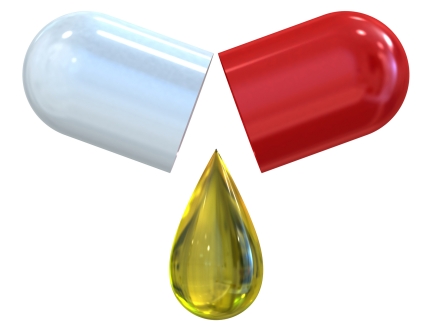 https://globalcompliancepaneltraining.files.wordpress.com/2017/12/the-investigational-new-drug-applications-mechanism-in-the-usa.jpg?w=866&h=650 866w, https://globalcompliancepaneltraining.files.wordpress.com/2017/12/t... 150w, https://globalcompliancepaneltraining.files.wordpress.com/2017/12/t... 300w, https://globalcompliancepaneltraining.files.wordpress.com/2017/12/t... 768w" sizes="(max-width: 433px) 100vw, 433px" width="433" height="325" />
https://globalcompliancepaneltraining.files.wordpress.com/2017/12/the-investigational-new-drug-applications-mechanism-in-the-usa.jpg?w=866&h=650 866w, https://globalcompliancepaneltraining.files.wordpress.com/2017/12/t... 150w, https://globalcompliancepaneltraining.files.wordpress.com/2017/12/t... 300w, https://globalcompliancepaneltraining.files.wordpress.com/2017/12/t... 768w" sizes="(max-width: 433px) 100vw, 433px" width="433" height="325" />
The IND is a process which gives the sponsor the opportunity to start marketing across the States of the US without having to complete the formal process. it also gives the patient the assurance that the drug that is being administered may not have gone through the full regulatory process as yet, but is as effective as one that is already in the market. The FDA has three mechanisms in place for submission of an IND.
Present Federal law requires a manufacturer who wants to market a drug in the US to subject the drug to an approved marketing application before it gets transported and/or distributed for interstate commerce, i.e., within the different States in the US.
Since it is very likely that the sponsor of a clinical trial may want to ship the investigational drug to clinical investigators across several states, it is but natural that the sponsor would look for exemption from this legal requirement. The Investigational New Drug (IND) Applications in the USA is the mechanism through which this exemption issues from the FDA to the sponsor.
 We can understand the Investigational New Drug Application this way: it is a request made by the sponsor of a clinical study with the FDA asking for its authorization to administer a biological product or an investigational drug to humans before the product goes through interstate shipment. The IND application should also be made before administering a drug that is not the same as an approved New Drug Application or Biologics/Product License Application.
We can understand the Investigational New Drug Application this way: it is a request made by the sponsor of a clinical study with the FDA asking for its authorization to administer a biological product or an investigational drug to humans before the product goes through interstate shipment. The IND application should also be made before administering a drug that is not the same as an approved New Drug Application or Biologics/Product License Application.
The rationale behind filing Investigational New Drug Application
Ensuring a drug’s safety for use in humans is the basis for the entire idea of filing an Investigational New Drug Application. This is the prelude to the steps for its commercialization. By paving the way for further actions such as data collection; the Investigational New Drug Application is often the predecessor step for reinforcing the drug’s safety. An Investigational New Drug Application can be understood or taken as some kind of assurance or guarantee that when the drug that is at this stage of studies is administered on humans; it is not harmful and does not carry risks.
Ensuring a drug’s safety for use in humans is the basis for the entire idea of filing an Investigational New Drug Application. This is the prelude to the steps for its commercialization. By paving the way for further actions such as data collection; the Investigational New Drug Application is often the predecessor step for reinforcing the drug’s safety. An Investigational New Drug Application can be understood or taken as some kind of assurance or guarantee that when the drug that is at this stage of studies is administered on humans; it is not harmful and does not carry risks.
The FDA’s role The FDA’s comes into the picture when the sponsor who files an Investigational New Drug Application wants to test the effect on humans of molecules that it has screened and identified. At this stage, the status of the molecule changes into a new drug that is subject to the requirements set out by the regulatory system.
The FDA’s comes into the picture when the sponsor who files an Investigational New Drug Application wants to test the effect on humans of molecules that it has screened and identified. At this stage, the status of the molecule changes into a new drug that is subject to the requirements set out by the regulatory system.

Elements of an Investigational New Drug Application
 The FDA requires an Investigational New Drug Application to contain the following:
The FDA requires an Investigational New Drug Application to contain the following:
- Studies carried out for testing animal pharmacology and toxicology
- Information about the manufacturing aspects of the drug
- Information about the clinical protocols and investigator of the Investigational New Drug Application
You need to be a member of MedTech I.Q. to add comments!
Join MedTech I.Q.